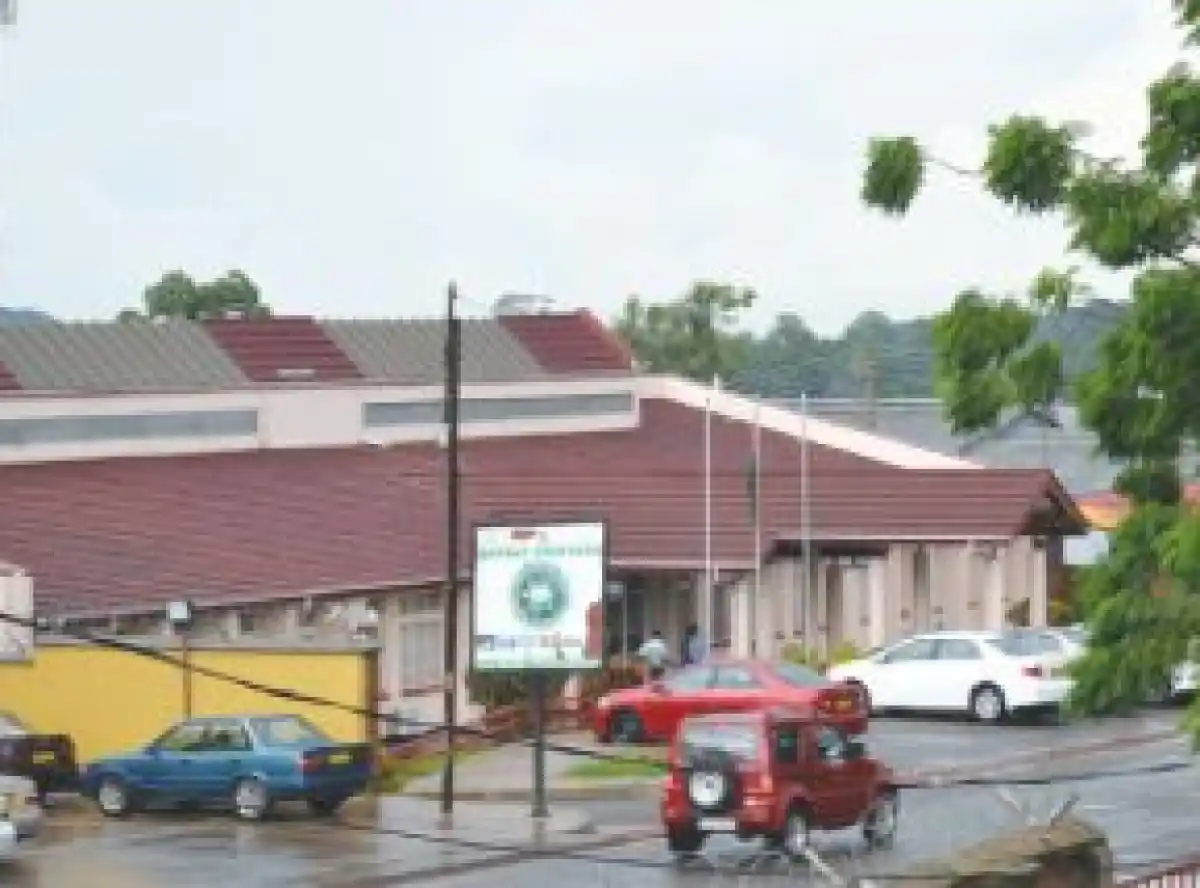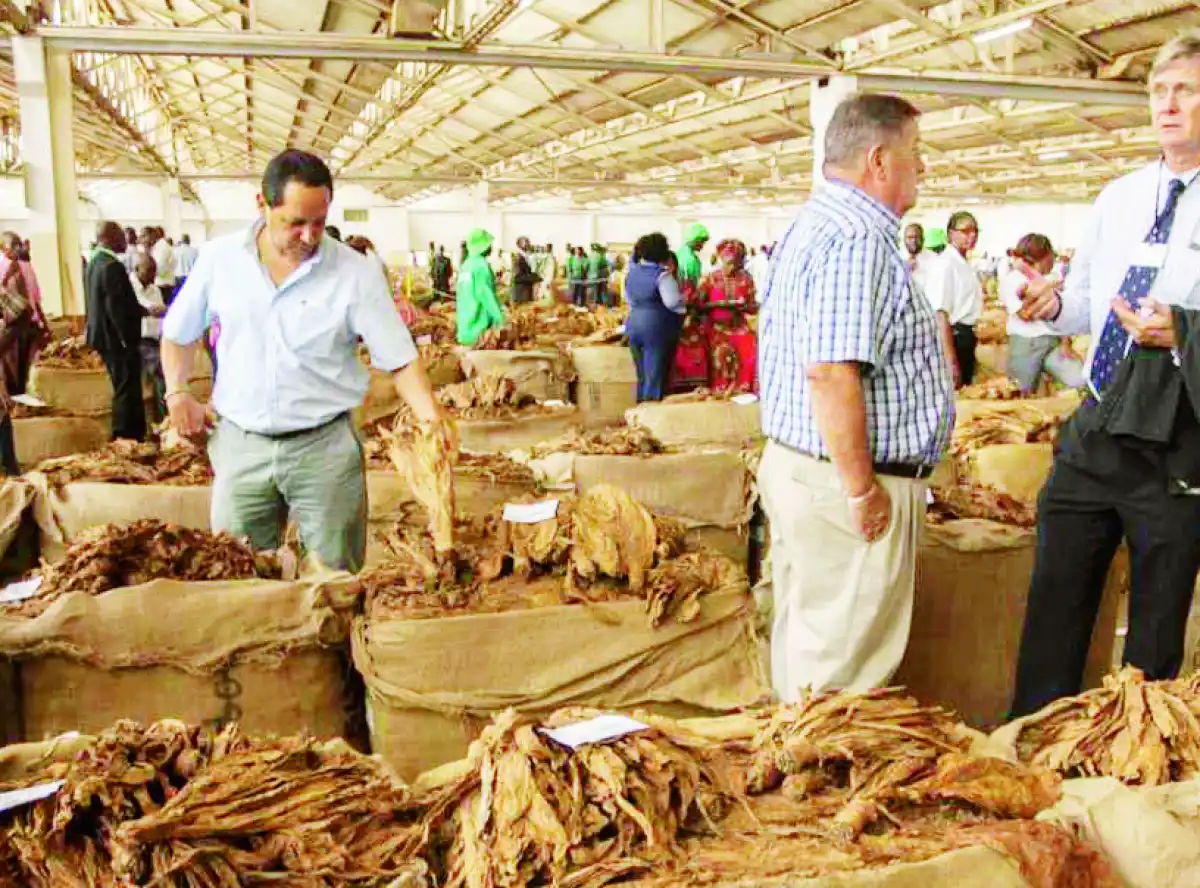
The year is 2021. Malawi unveils an ambitious vision: “Malawi 2063” – a roadmap to transform the nation into an inclusive, prosperous, and self-reliant upper-middle-income economy by 2063. A central pillar of this vision was achieving significant economic growth.
The plan projected a steady six percent annual growth rate from 2021 to 2030, laying the foundation for a brighter future.However, three years later, the picture is less rosy.
Progress reports from the National Planning Commission, the key implementer of the Malawi 2063, show that the development blueprint is off track. The initial economic growth target of 6 percent appears increasingly out of reach. This raises a critical question: Can Malawi get back on track and achieve its long-term development goals?
The current situation demands a recalibration of strategies. Without significant course correction, achieving the 2063 vision by the target date will be extremely challenging. Here’s why:
Local economic growth has been significantly lower than expected. In the past three years since the launch of Malawi 2063, growth has hovered around two percent.
This year, the government projected that the economy would grow by 3.4 percent but global financial institutions such as the International Monetary Fund (IMF) and the World Bank are less optimistic. The IMF slashed the projection to two percent on account of the damage caused by El Nino.
The slow growth rate necessitates a steeper trajectory. To achieve the original 2030 target by 2036, the economy now needs to grow at a breakneck pace of 6.4 percent annually for the next decade. Even this aggressive scenario pushes the goalposts further.
If the current trajectory persists, the aspiration of reaching middle-income status by 2030 might have to be postponed by another 15 years, to 2045.
This delay has significant repercussions. A sluggish economy directly hinders poverty reduction efforts. Slower growth translates to fewer jobs, stagnant wages, and limited opportunities for Malawians to lift themselves out of poverty.
The 2063 vision hinges on inclusive growth, and a prolonged delay in achieving economic targets jeopardises this core principle.
Several factors contribute to Malawi’s current predicament. External shocks, like the recent droughts and floods linked to climate change, have disrupted agricultural production, a vital sector of the economy.
Additionally, a lack of prioritisation has stretched resources thin. The government has embarked on numerous projects, diluting the focus and impact of Malawi 2063.
Furthermore, Malawi faces a challenge of limited fiscal space. A significant portion of government spending goes towards servicing debt interest payments. This leaves fewer resources available for critical investments needed to fuel economic growth and achieve the goals outlined in Malawi 2063.
So, what can be done?
Firstly, investing in climate-smart and resilient agriculture is paramount. This includes adopting drought-resistant crops, improving irrigation systems, and promoting sustainable land management practices. By building a more robust agricultural sector, Malawi can weather external shocks and ensure food security, a critical foundation for economic growth.
More importantly, the government and its development partners invest heavily in manufacturing to complement the investment in climate-smart and resilient agriculture. Malawi will not develop without investment in manufacturing and industrialisation. Primary production will not lift the country out of poverty to middle-income status.
Secondly, there’s a need for strategic prioritisation. The government must meticulously evaluate ongoing projects and align them with the core objectives of Malawi 2063. This will ensure resources are directed towards initiatives with the highest potential impact on achieving the vision.
Finally, addressing the issue of fiscal space is crucial. Exploring avenues for debt reduction and streamlining government expenditure can free up resources for investments in critical areas like infrastructure, education, and healthcare.
These investments will enhance productivity, attract foreign investment, and ultimately propel Malawi’s economic growth.








0 Comments